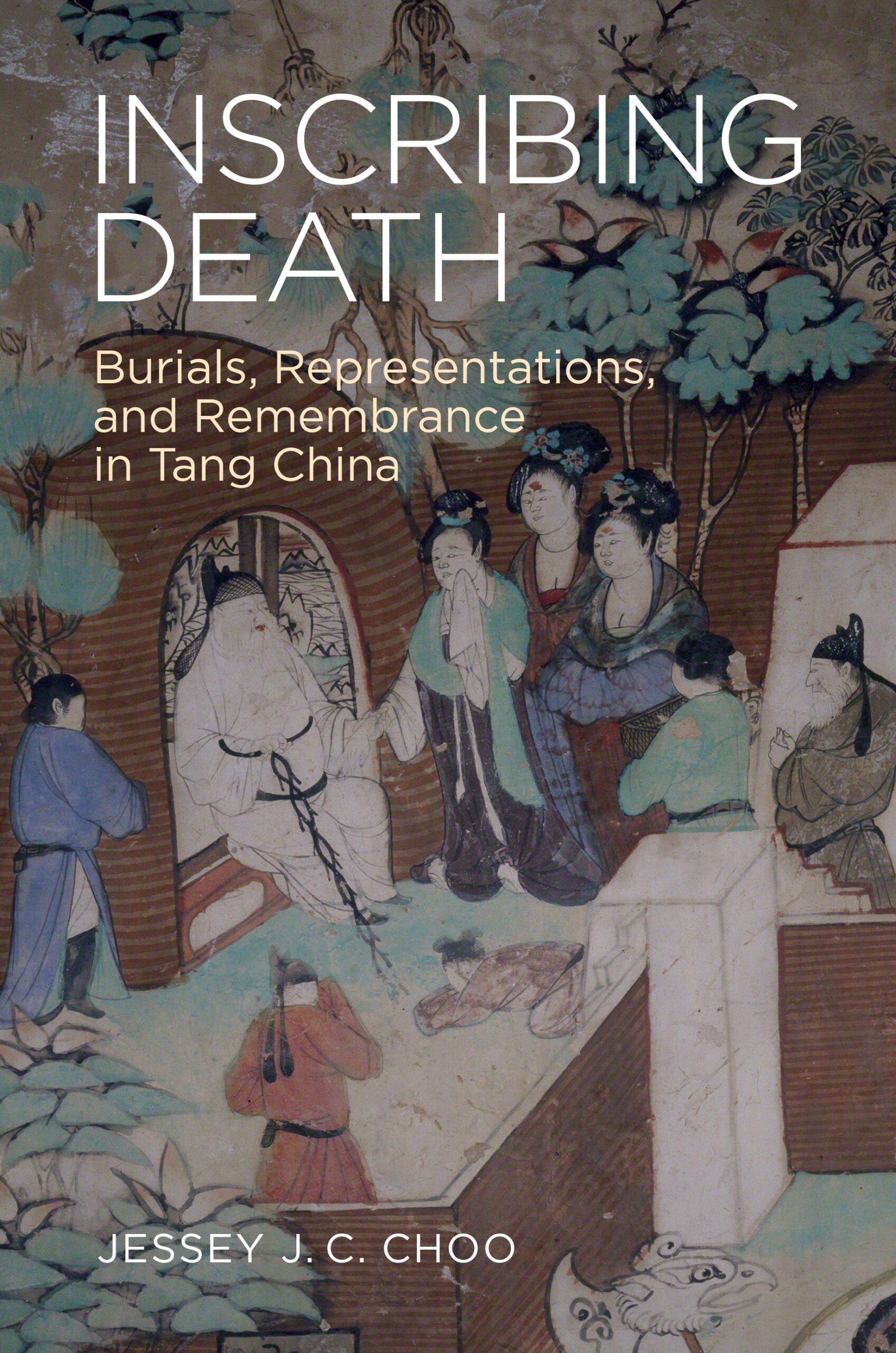Inscribing Death: Burials, Representations, and Remembrance in Tang China
- About the Book
-
This nuanced study traces how Chinese came to view death as an opportunity to fashion and convey social identities and memories during the medieval period (200–1000) and the Tang dynasty (618–907), specifically. As Chinese society became increasingly multicultural and multireligious, to achieve these aims people selectively adopted, portrayed, and interpreted various acts of remembrance. Included in these were new and evolving burial, mourning, and commemorative practices: joint-burials of spouses, extended family members, and coreligionists; relocation and reburial of bodies; posthumous marriage and divorce; interment of a summoned soul in the absence of a body; and many changes to the classical mourning and commemorative rites that became the norm during the period. Individuals independently constructed the socio-religious meanings of a particular death and the handling of corpses by engaging in and reviewing acts of remembrance.
Drawing on a variety of sources, including hundreds of newly excavated entombed epitaph inscriptions, Inscribing Death illuminates the process through which the living—and the dead—negotiated this multiplicity of meanings and how they shaped their memories and identities both as individuals and as part of collectives. In particular, it details the growing emphasis on remembrance as an expression of filial piety and the grave as a focal point of ancestral sacrifice. The work also identifies different modes of construction and representation of the self in life and death, deepening our understanding of ancestral worship and its changing modus operandi and continuous shaping influence on the most intimate human relationships—thus challenging the current monolithic representation of ancestral worship as an extension of families rather than individuals in medieval China.
- About the Author(s)
-
Jessey J. C. Choo, Author
Jessey J. C. Choo is associate professor of Chinese history and religion at Rutgers University–New Brunswick.
- Reviews and Endorsements
-
- Inscribing Death is simply the best book in any language on one of the most important elements of Chinese culture: its mortuary practice. Drawing on a stunning array of primary and secondary sources, including a fine selection of newly available muzhiming (entombed epitaphs), Choo centers her exploration on Tang burial practices that were new or controversial—joint burials, divination, and soul-summoning burials—but her analysis includes the classical sources that were consulted and sometimes recast to solve problems regarding the disposition of the dead. This is, thus, an indispensable resource for those seeking to understand the rich technical mortuary vocabulary of Chinese sources, many discussed here for the first time in a non-Chinese language. But it is Choo’s extensive study of muzhiming, where the dead sometimes speak for themselves, voicing preferences for their burial and remembrance, that gives this study a liveliness and immediacy belied by the title.
—Stephen R. Bokenkamp, Arizona State University - Jessey Choo’s rigorous, vivid, and lucidly argued account of Tang Dynasty mourning and burial practice is based on the many thousands of biographical inscriptions engraved in stone (muzhiming), both retrieved and transmitted, now available to scholarship. All specialists of late medieval Chinese religion, social history, and gender studies, as well as students of medieval Chinese canonical scholarship and late medieval literature, will be indebted to her for the scope and clarity of her research. Inscribing Death is a significant contribution to Tang studies.
—David L. McMullen, University of Cambridge
- Inscribing Death is simply the best book in any language on one of the most important elements of Chinese culture: its mortuary practice. Drawing on a stunning array of primary and secondary sources, including a fine selection of newly available muzhiming (entombed epitaphs), Choo centers her exploration on Tang burial practices that were new or controversial—joint burials, divination, and soul-summoning burials—but her analysis includes the classical sources that were consulted and sometimes recast to solve problems regarding the disposition of the dead. This is, thus, an indispensable resource for those seeking to understand the rich technical mortuary vocabulary of Chinese sources, many discussed here for the first time in a non-Chinese language. But it is Choo’s extensive study of muzhiming, where the dead sometimes speak for themselves, voicing preferences for their burial and remembrance, that gives this study a liveliness and immediacy belied by the title.





